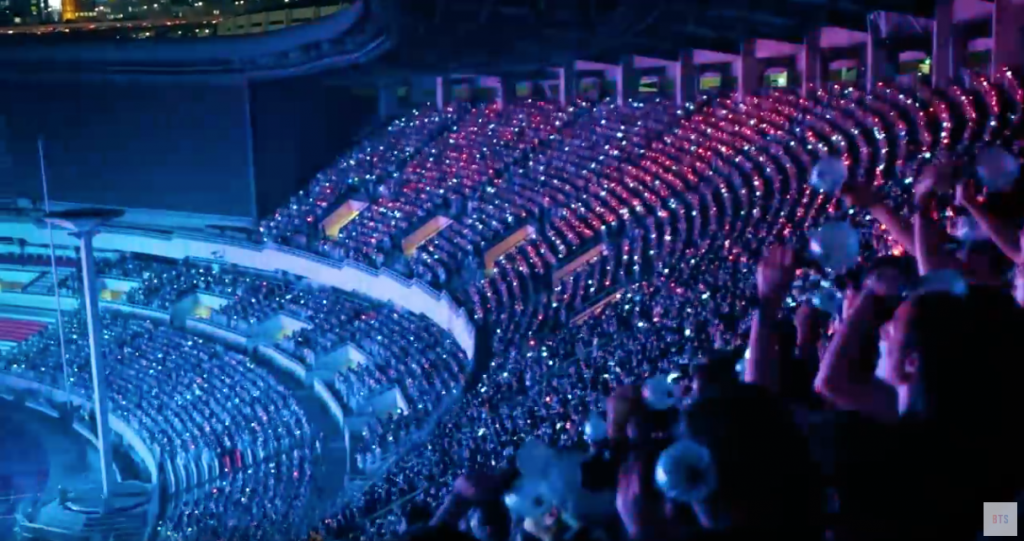



PLEASE ROTATE ME


Telink Staff
August 20, 2019
Technology

Combining the power of an established mesh networking protocol with a bit of creativity can lead to exciting, unexpected applications.
When mesh networking first came on the scene, enterprises were beyond excited. The technology promised to solve a wide range of long-standing issues, particularly those related to spotty, unreliable WiFi. By pairing mesh capabilities with WiFi, enterprises were able to improve their approaches to connectivity by, among other things, eradicating coverage dead spots and saving on hardware like routers and access points.
As mesh networks continue to mature, their value to enterprises will only increase. That said, improvements to enterprises’ internet connectivity are only the tip of the iceberg of what mesh networks have to offer.
These networks have tremendous, wide-ranging potential, especially when comprised of devices that utilize communications protocols beyond WiFi like Zigbee and Bluetooth® Low Energy. Indeed, developers are already starting to utilize mesh networking in ways that are inventive, exciting, and truly fun.

Concerts are thrilling events, in large part because artists are always striving to provide audiences with unforgettable experiences. Music is obviously the sine qua non of such an experience, but it’s hard to overstate the effect a unique atmosphere can have on creating a memorable night out. To that end, forward-thinking entertainers and promoters have teamed with developers to deploy smart LED light sticks at concerts.
These smart light sticks are more than just a glowing toy; they are designed to synchronize with the music being performed. Central commands within a venue are used to change the sticks’ colors and projection patterns based on the song that is currently being played. The relative location of a concert-goer’s assigned seat can be linked to their light stick, enabling thousands of light sticks to produce a cohesive “performance” in tandem with each other, spelling out words or creating striking patterns and designs on a massive scale.
These devices’ functionality doesn’t need to end when the venue lights come up, however. For instance, in the example above, because the light sticks used a dual-mode solution (802.15.4 and Bluetooth LE), their Bluetooth LE capabilities enabled concert-goers to connect their phones to the sticks after the event without the use of an intermediary system or device. This extended the light sticks’ lifespan, which would otherwise have ended as soon as the curtains closed.
The mesh networking technology required to pull off device synchronization at this scale is quite sophisticated. Off the shelf, the light sticks’ protocol stack provided a framework for a large-scale mesh network, but it didn’t provide the very low latency connectivity needed to sync with music. Fortunately, the event organizers’ creative vision was supported by talented developers and a flexible technology platform that allowed the developers to customize what they needed to achieve incredible results. In this case, interoperability within a standard ecosystem wasn’t the goal — a unique experience was.
Ultimately, smart LED light sticks are more than just a fun application of mesh networking technology. In addition to showcasing the immense potential of what mesh networks based on Zigbee and Bluetooth LE can do, they illustrate how being able to customize on top of existing standards can close the gap between a plausible idea and an innovative real experience.
As Internet of Things ecosystems become increasingly integral to enterprises’ operations, there will be a great deal of demand for custom device development — whether for managing influxes of employees’ wearables or for improving video conferencing among executive teams. Although customization often requires a bit of work on the development end, developers can access all the potential capabilities they need beyond off-the-shelf Zigbee- and Bluetooth LE-enabled devices.